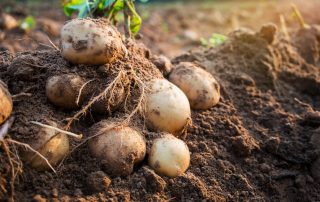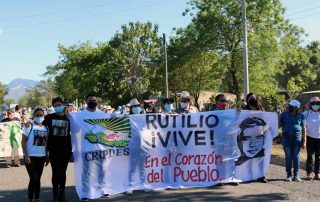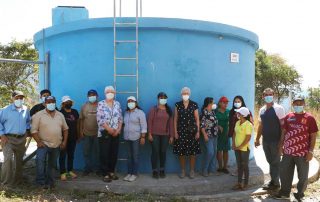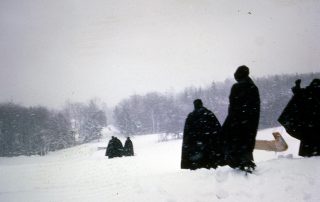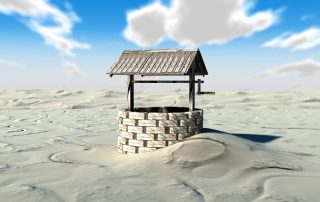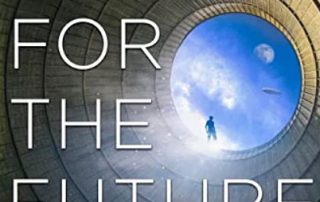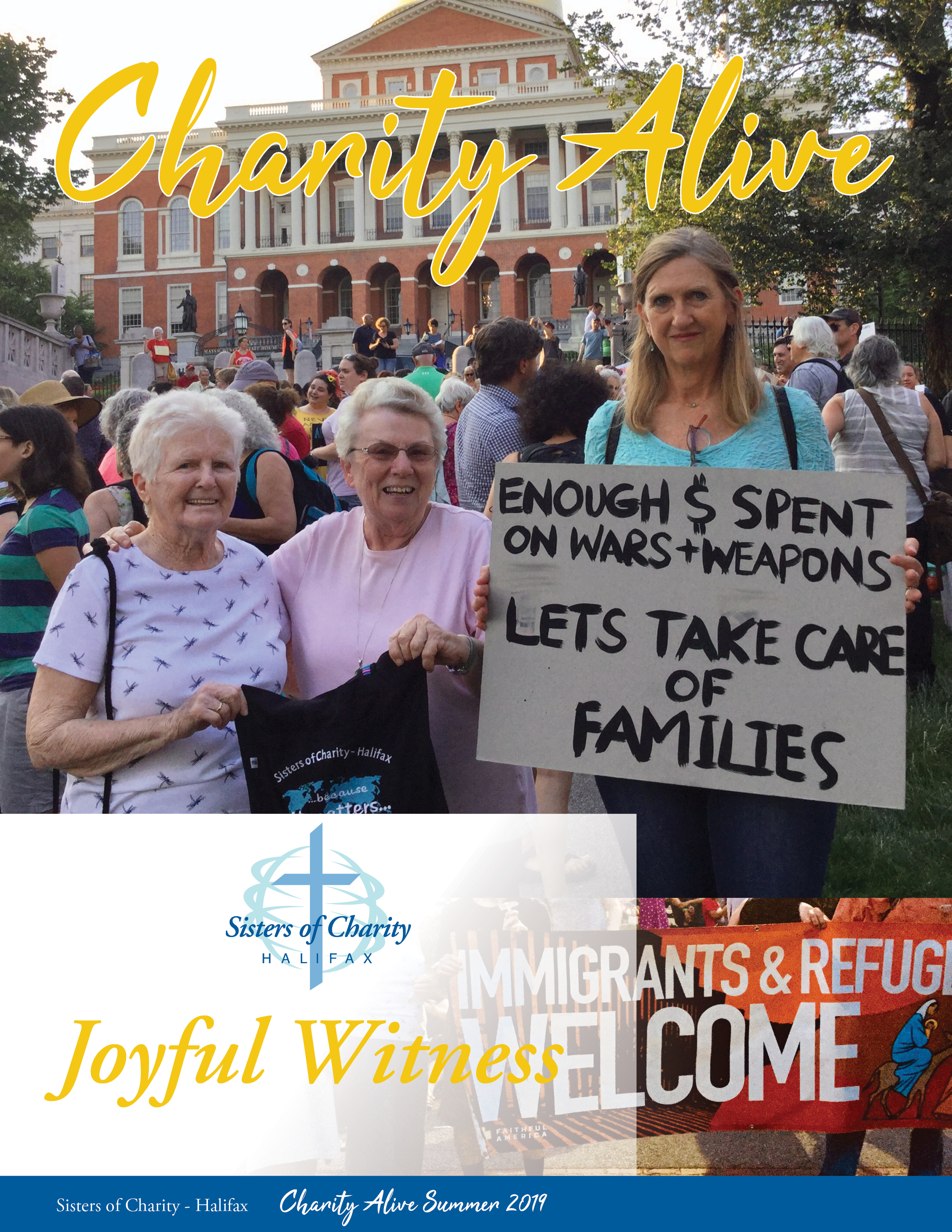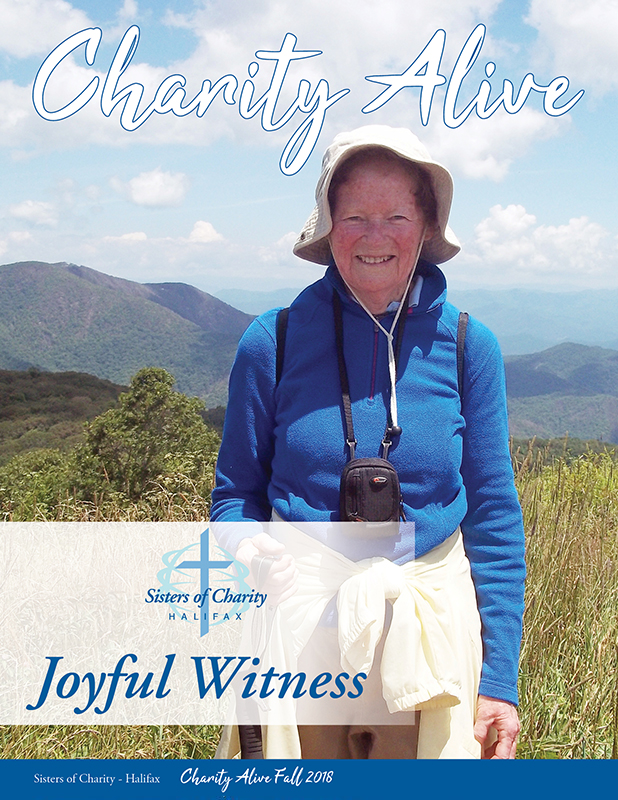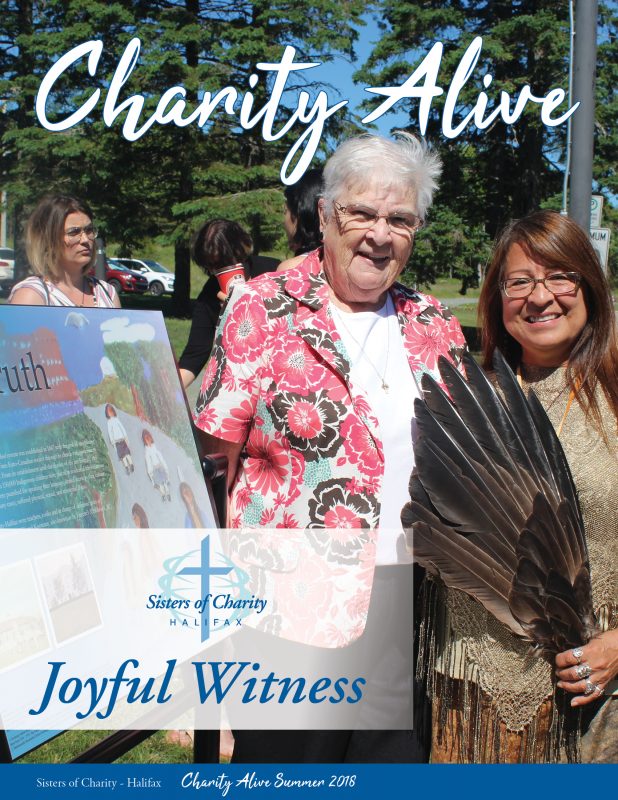By Sister Margaret Coppenrath
Climate Crisis! Climate Change! Climate Events: Flooding, Droughts, Catastrophic global fires! Have you noticed how frequently we are hearing and seeing these words across our computer screens, newspapers and on our TVs? It would seem that these frequent devastating events are becoming the norm instead of the exception in our daily lives. As we take all this in, we shake our heads in disbelief at the destruction of people’s lives and homes. We pray. We feel anguish at the loss of forests, wildlife and natural beauty. We ponder the societal, spiritual and economic ramifications of each climate catastrophe. How will people continue on? Can the forest come back to life? Because of the devastating loss of numbers, will this species go extinct and never be seen again?
All of these events should not be surprising to us. Scientists and ecologists have been shouting from the rooftops that a day of reckoning is coming. Our planet is in distress; the warming of our Earth from greenhouse gases is placing the Earth in jeopardy. It’s time to look at the way we are living! Humans are a superpower as a species and we have the power to determine who and what will continue to live on this planet.
Knowing this, will we choose life? Will our thoughts and actions be a sign of hope for future generations? Will our thoughts and actions move toward health, restoration and regeneration of all life?
Listen to three individuals who have said, yes! Sister Margie Gillis has some life-giving thoughts on gardening and health in a very special spot on Earth – Cape Breton. Associate Elena Miranda sees the Climate Crisis from the unique perspective of a grandmother living in New York. Sister Maureen Wild sees the power of regeneration active on her beloved Gabriola Island in British Columbia.
Real Food: the way to robust health, economic prosperity and climate restoration
by Sister Margie Gillis
What a dilemma we’re in!
We’re now beginning to realize that both the pandemic and climate change are affecting our food supply, food choices, food pricing, and food availability. Coming soon to a grocery store near you, as long as you have money and are not particular about what you eat, designer food grown in labs! Designer food is quickly gaining attention as the answer to our current and future daily bread needs. (The Economist: “Eating our way to a more sustainable future”, Oct. 27, 2021) Multi-national corporations and pharmaceutical companies are leading this charge. The food will be expensive and designer perfect and is seen as the solution to food security in a climate-changed post-Covid world.
I watch my few dollars and cents and I AM particular about what I eat so I don’t expect to be fine with the new designer edibles. I don’t have expensive taste in food but I am partial to the mouth-watering flavour of my fresh garden-grown russet potato in comparison to a corporate farmed, chemicalized spud that has been in storage a year or two before it reaches my dinner plate. And I’m even less fine with the thought of designer potatoes grown in a lab!
Real food is medicine – nourishing, soothing, comforting, healing.
Real food is social – engaging, communal, civil, festive.
Real food builds local economies – supports families, collectives, communities, countries.
Real food is eucharistic – creative, transformative, sacramental, sacrificial.
Real food is ecological – stores carbon, reduces greenhouse gases, limits emissions, enriches soil.
Real food is counter-cultural – a simple act of resistance against corporate domination and a profound gesture of “choosing life so that you and your descendants might live” (Deut 30:19).
And now for a neat story about real food. Cape Breton University has just hired Dr. Alana Pindar as the newly appointed Weston Family Visiting Professor in Ecosystem Health and Food Security. She will be researching local ecosystem health impacts but, more interestingly in my opinion, she will oversee the re-creation of Mabel Bell’s historic gardens at the Alexander Graham Bell Museum in Baddeck, Cape Breton.
Mabel Bell, wife of inventor Alexander Graham Bell, was a prolific gardener. She loved to grow her own food at their home in Beinn Breagh (Gaelic for beautiful mountain), Baddeck, and teach local people how to use pollinators to enrich their fruit and vegetable gardens. She had a beautiful apple orchard and grew many varieties of tomatoes, cucumbers and squashes. Pindar has access to Mabel’s original diaries with journal entries containing loads of information about everything she grew. The re-created garden in Baddeck will be a teaching site for local people to educate them about how to grow their own food and how important self-sufficiency and resiliency are particularly as we face climate change conditions and post-covid inflationary food prices. Click here to hear the interview with Dr. Pindar.
So hopefully the lovely spud on your next dinner plate (mashed, baked, roasted or fries) is not grown in a lab but is a real, nutritious, home garden variety. If it is, it will change your life and the life of our planet!
A Grandmother’s Perspective on Climate Change
By Elena Miranda
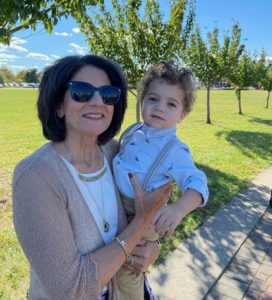 My world changed in December 2019: I became a grandmother. Family and friends told me that it was a life-altering experience. I raised three kids—how different can it be? I had no clue.
My world changed in December 2019: I became a grandmother. Family and friends told me that it was a life-altering experience. I raised three kids—how different can it be? I had no clue.
Louie made his debut in our family just over two years ago, and nothing has since been the same. We live for his smile, his reactions, his dancing, his latest new word or expression. I am blessed to spend part of every weekend with him. Louie has even made several appearances at Congregation Zoom meetings and cheerfully waves at the many smiling faces.
Along with the joys, however, come new worries.
I was always a good recycler, to the point of often annoying family, friends and coworkers with my “gentle” reprimands. I had what I considered an honest concern for the environment. And then Louie was born, and I soon began to see everything with a new perspective. What will his world be like if we don’t take the necessary steps now to halt the destruction of our earth?
Before the age of two, Louie had already experienced the effects of a devastating storm that brought water pouring through his bedroom ceiling, resulting in his displacement for several weeks. How will his generation cope with more frequent and catastrophic storms, extreme weather, declining water and food supplies, and the many other destructive effects of climate change? If there is anything that I can do to help change the outcome, I must do it. I have no choice. I owe it to Louie.
During our contemplative circle meetings, we talked about the energy and passion that young people bring to the movement. They are not bound by the politics that divide us or the corporate bottom line that takes precedence. Since birth, destructive storms and record-breaking heat waves have been part of their young lives. They are demanding action and solutions to fight climate change. Their courage and foresight should inspire us all to do more.
While the enormity of the climate crisis frightens me, for Louie and all our youth, I know that collectively, our small efforts can make a difference. Still, I keep hoping and praying that, together, we can be part of a movement that makes a true impact on this massive problem we face.
Someday, Louie might ask me what I did to fight climate change; what did I do to make the world safer for him? I hope I have a good answer.
Collaborative Efforts to Address Climate Change on Gabriola Island
by Sister Maureen Wild
Gabriola Island is nestled close to Vancouver Island and the city of Nanaimo. It is roughly the geographical size of Bermuda but with a much smaller population of close to 5,000. Many have moved here from different parts of Canada and from other countries. A few have means, but many just make ends meet and there are some who are homeless. In recent years our island community sponsored two refugee families from Syria and Eritrea. It’s a very creative community with many artists and writers. It’s an island that loves to sing, to plant beautiful gardens, and to think outside-the-box!
One of the most beautiful gifts of this island is its spirit of community that is inclusive of the natural world and its protection. Considering this, I’ll reflect on the topic of climate change and the creative actions and adaptations of this one small and very proactive island community. These measures give me hope.
Many come here because they are committed to living a simpler lifestyle, living lighter and valuing ways to do this together. A few initiatives of recent years that help to address climate change while protecting the needs of people and place:
- Developing community gardens that serve over 100 residents without land (families, seniors and others living alone) and that includes a significant area to grow food for those in emergency need. For fifteen years this is developing at The Gabriola Commons: on 26 acres of land held in common by the people. https://www.gabriolacommons.ca/
- Developing an oversight organization called Island Futures whose mission is ‘creating our future through collaboration.’ https://islandfutures.ca/[Vision: Island Communities that are self-sufficient; the local social and economic systems providing enough food, water, power, and shelter for its population, who live in ways that preserve and protect the natural ecological system while respecting the diversity of lifestyles.]
- Developing co-operatives, one of which is Energy Gabriola (incorporated as the Sustainable Energy Co-op of Gabriola). It provides sustainable energy education and alternatives for Gabriolans that contribute to significant reductions in Gabriola’s GHG (C02) emissions. https://islandfutures.ca/co-ops/
- Offering reduced cost incentives (through Energy Gabriola) to install energy efficient heat pumps that save over 1000 kWh of energy per year for an average home. Over 900 residences now have one or more purchased through this co-op. https://islandfutures.ca/heat-pumps/
- Energy Gabriola also promotes and installs solar PV arrays for community projectson Gabriola, along with working with Gabriola Investment Co-op to provide opportunities for residents to invest in solar energy projects on the island.
- Some have modest at-home investments of solar panels connected to battery pack and inverter. When the power goes out this system provides enough energy to power low-energy needs for many hours (or days) depending on the system. It’s the gift of captured sunlight transformed into electricity that keeps many online and with lights when BC Hydro lines are down for hours.
- All-electric cars (EV’s) are quickly growing in number here. Most are ideal for short distances; high-end EV’s can go much further. Drivers plan according to on route charging stations. Over twenty EV car owners on Gabriola were invited to publicly display their models one Sunday afternoon last fall, to educate others. Many came and it was an inspiring and informative event.
We are all presented with a climate in crisis. In these unprecedented and urgent times, we are called, again, to ‘do what presents itself’ (Elizabeth Ann Seton). So much can be activated within the collaborative efforts of a community who share a common vision for the protection of our planet and one another.

![photos to accompany article_climate change_maureen wild_final[87]_Page_5](https://schalifax.ca/wp-content/uploads/2022/02/photos-to-accompany-article_climate-change_maureen-wild_final87_Page_5-scaled.jpg)
![photos to accompany article_climate change_maureen wild_final[87]_Page_4](https://schalifax.ca/wp-content/uploads/2022/02/photos-to-accompany-article_climate-change_maureen-wild_final87_Page_4-scaled.jpg)
![photos to accompany article_climate change_maureen wild_final[87]_Page_3](https://schalifax.ca/wp-content/uploads/2022/02/photos-to-accompany-article_climate-change_maureen-wild_final87_Page_3.jpg)
![photos to accompany article_climate change_maureen wild_final[87]_Page_2](https://schalifax.ca/wp-content/uploads/2022/02/photos-to-accompany-article_climate-change_maureen-wild_final87_Page_2.jpg)
![photos to accompany article_climate change_maureen wild_final[87]_Page_1](https://schalifax.ca/wp-content/uploads/2022/02/photos-to-accompany-article_climate-change_maureen-wild_final87_Page_1.jpg)
